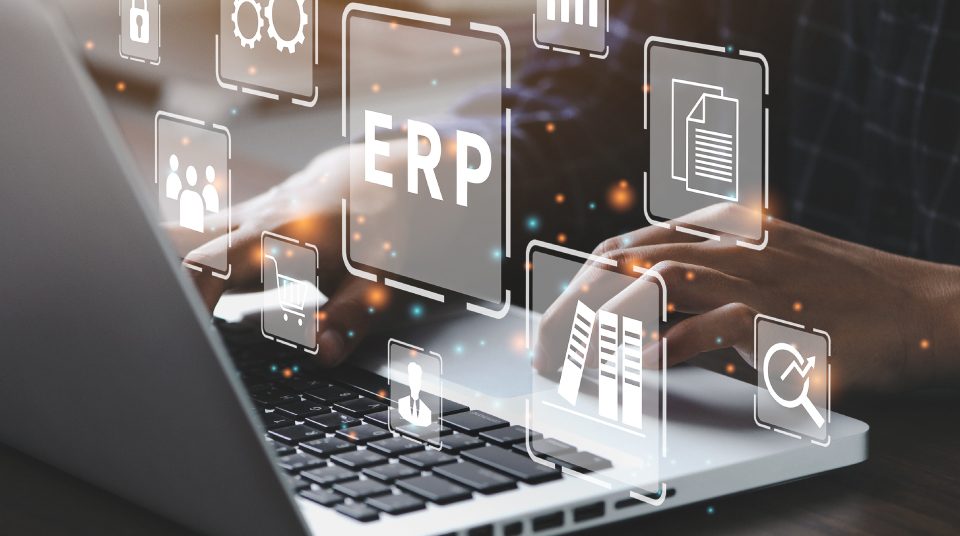Evolving need of PCI DSS compliance post covid times
A global pandemic has hit all of us. Everyone is striving to get through this pandemic anyhow. Many businesses that are keenly focused on performing something significant can focus on PCI DSS compliance. It is an area that can’t be underestimated currently in this condition.
During the covid-19 pandemic situation, if your business has set its projects on hold due to pandemic or other reasons, it is the optimal period to focus on your general security posture and compliance.
Requirements of PCI:
Some of the PCI DSS requirements given below are discussed briefly about the various suggestions for the term purposes.
PCI certifications:
In business, PCI DSS certification assures card data security through a set of requirements developed by PCI SSC. It includes various commonly known practices such as encryption of data transmissions, installing firewalls, and using anti-virus software.
The business that transacts 6 million annually comes in the first level. When the transactions are between 1 to 6 million annually, that business comes in the second level. In the third level, the business transacts between 20,000 to 1 million annually. Lastly, fewer than 20,000 business transactions annually fall in the fourth level.
Pretty and post covid condition affects pcs:
This post covid condition has boosted the demand for broadband internet services. It is discovered that the payment method using credit, debit, prepaid, and other types of payments will fuel the increase in transactions. Also, the upgrading to digitalization and other online software services is another reason to continue developing. And the pandemic has made the businesses keenly focus on adapting to digital transformation and learning innovations during these tough and challenging times.
Insurance because of the covid-19 pandemic, where insurers have seen a surge in digital payments, renewal insurance policy payments can be made online. As this social isolation is the role to play to avoid spreading the virus, on the other hand, online payments have become more critical than ever before as the usage of virtual cards is increasing.
Here are the following three sets of PCI compliance solutions that can be helpful during and after the pandemic period.
Catch-up suggestions:
Following are some catch-up suggestions to avoid recurring issues when working with the customers. These suggestions constitute things you should be likely performing daily.
Work on your PCI DSS guidelines and procedures: Maintaining policy documents is messy work in many companies. And if you have allotted five people who know to keep up with the PCI data, you are undoubtedly ahead of the game. Many companies do not get updated on their policies for decades. It is crucial to spare some time to communicate and update your latest PCI policies.
-
Update your network plan:
It is dismaying when all gets settled for the network security or PCI meeting and finds out that it has no proper updated network program. An updated network plan is not only valuable for training and troubleshooting. But it is a PCI DSS requirement. With appropriate mapping, you would be amazed to come across servers that have been long forgotten or the system you assumed won’t work, and it is long dead. But still, it is surprisingly running along, unmanaged, and out of anyone’s control.
-
Upgrade your operating systems and networking equipment:
If you let the operating system without upgrading then further, it’s a painful process because getting it updated using the typical standard upgrade path with your far behind the updated system is very difficult. It leads to a very burdensome migration which was otherwise ultimately unnecessary. So spare this time to get everything updated on the latest brand of code accessible.
‘Make now’ suggestions:
No matter you are expertise or new to the payment card industry (PCI) world. It has some fundamental steps that can significantly simplify the compliance process. Do consider the following suggestions as a part of your compliance establishment.
In a payment card industry data security standard, i.e., PCI audit helps verify the security of your business’s credit card processing system right from the starting to ending. And through QSA, ascertains the effectiveness of your business’s data security control.
-
Represent your compliance PCI team:
Though there is only one team at first, there must be someone to undertake this responsibility to build your security program. Your company’s leaders must give this individual all the powers and authority. Above all, anyone can set in all the policies, programs, and software you can imagine. But if there is a lack of support from the top management, it won’t mean anything.
-
Take a comprehensive inventory of your environment:
What is your security position? It is time for PCI DSS self-assessment of your equipment, policies, digital assets, licensing, vendor relationships, connectivity, and potential to manage all these items. To comprehend what you have and don’t have and what you can and cannot do. This assessment will help you know better which gaps you need to fill in the matter of compliance.
-
Describe an actual risk assessment:
To know what risks are presently exposed in your company? What are the dangers that exist? And being mindful about minimizing risk and communicating those threats will provide a critical view to organize your efforts.
‘Strategic’ suggestions:
The following suggestions present some of the most crucial security changes you can make to save your business and customers. Let’s move on to a brief discussion about the following three items and learn them in a long-term process.
- Activate MFA for everything
- Review everything
- Upgrade your password policy
Activate MFA for everything:
We always guide customers to find a PCI DSS service provider called MFA multifactor authentication, which is a precise solution and activates it for everything. It is the best solution for all means each and everything which offers more security benefits for your business. MFA (multi factor authentication) is an effortlessly cheap and affordable security provider which is simply hard to ignore.
Suppose you are not entirely familiar with the MFA PCI service. In that case, it is an easy extra authentication step throughout the login process, which involves a similar time-sensitive task or one-time use code. It is also sometimes known as 2FA. By this PCI DSS security standards, it is expected to have an excellent personal experience with MFA when using an online investment or shopping account.
For any effective MFA, a solution should merge two of these three options.
- Whether you have a password
- Whether you got a mobile or similar security fob
- Who you are such as authentication like a thumbprint
Review everything:
There are two benefits of generating and reviewing your data regularly. Firstly, when examining your data, it often helps to know who is accessing your system and who shouldn’t, or if there is found unusual traffic in your system, you will quickly catch it in the data. The other benefit is it helps in identifying the broken system as the data quickly reveal the configuration issues. So to avail of all of these benefits, try to keep up and review everything in the central location.
Upgrade your password policy:
The PCI DSS penetration testing is to protect the business data from the hostile external environment. Because nowadays, adding a number or symbol as a password would not help as people stay inattentive and keep it randomly somewhere or type them directly into the system.
It is discovered that the length of the password matters more than a short complex password. So make sure you, while working on the password policies next time, have passwords, i.e., 15 characters long. On the other hand, using longer passwords has another merit as you won’t need to change your password more often.
Conclusion:
With the above suggestions and PCI compliance levels, it will be easier to get your business upgraded. And when the economy bounces, you will be much further ahead with others and find yourself stepping into new initiatives and IT projects. So it is a wise time to make proper use of it.




